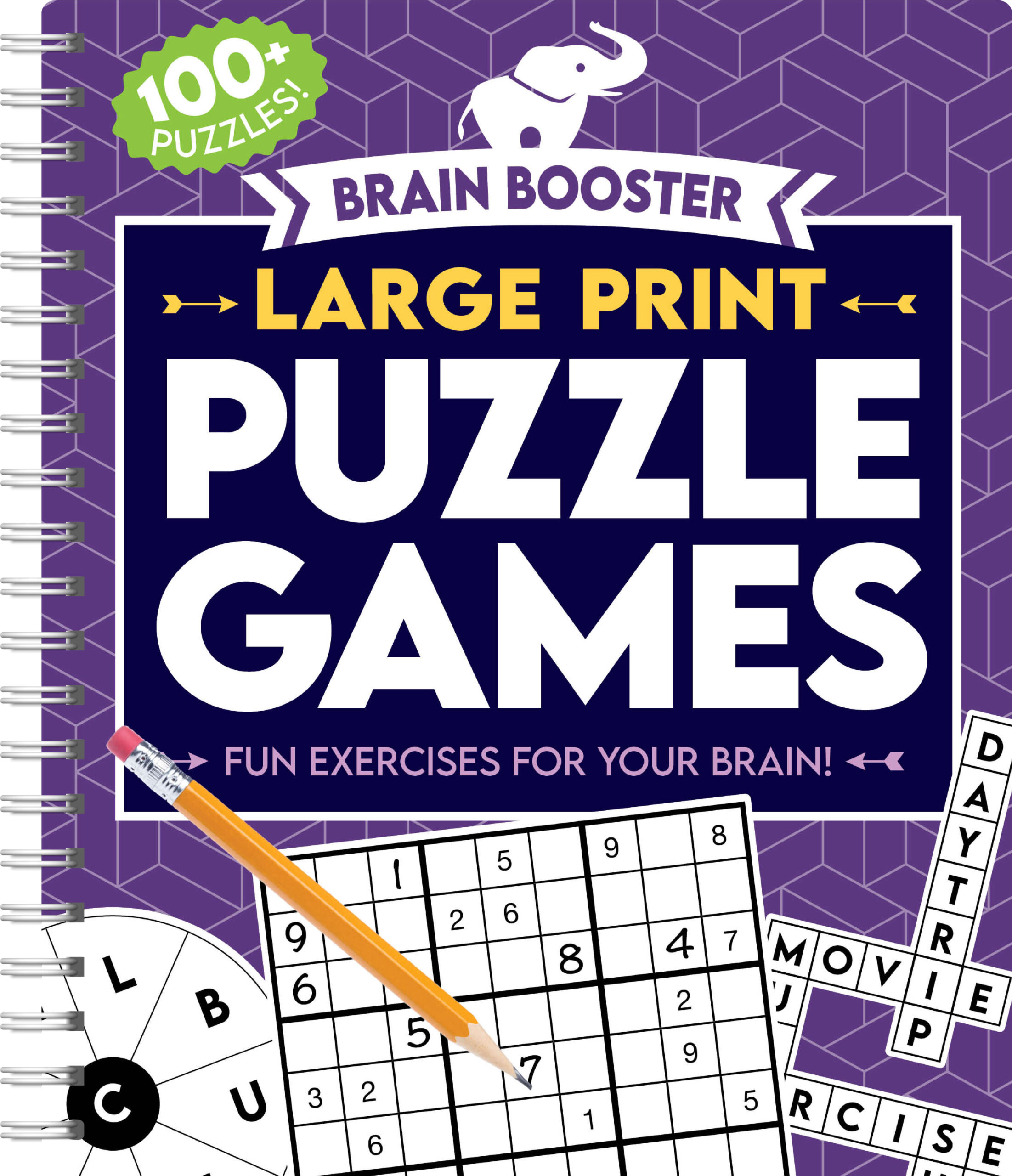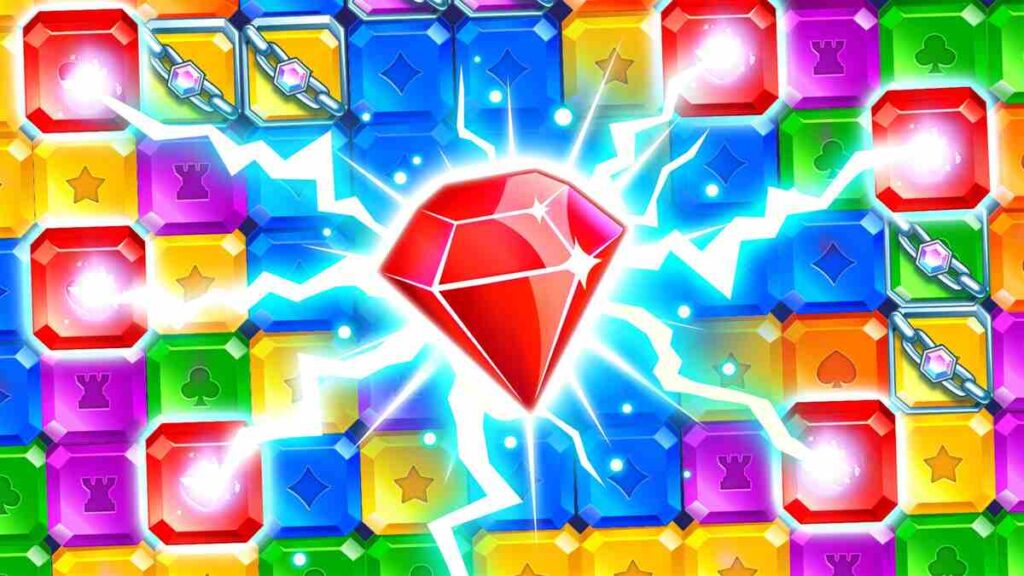Match-3 puzzle games have become a big part of daily entertainment for many people. These games involve swapping items like gems or candies to make groups of three or more that match. They are simple to pick up but hard to put down, which is why so many find them addictive. At the same time, playing these games can help sharpen your mind in ways you might not expect.
This post will cover everything from how these games work to their benefits for your brain. You will learn about popular options, tips to play better, and even some risks to watch out for. By the end, you will see why adding match-3 games to your routine could be a smart choice for fun and mental fitness.
Many people turn to match-3 games during breaks or commutes because they fit into short sessions. Yet, their pull keeps players coming back for more. Research shows that regular play can improve focus and quick thinking. If you want to play addictive match-3 puzzle games and boost your brain, this guide offers practical advice. We will break it down step by step so you can get the most out of your gaming time without feeling overwhelmed.
What Are Match-3 Puzzle Games?
Match-3 puzzle games are a type of video game where the main goal is to line up three or more identical items on a grid. You do this by swapping neighboring pieces, and when a match happens, those items disappear. New ones fall in to fill the space, which can create chain reactions for extra points. These games often include power-ups, like bombs that clear big areas, to help with tougher levels. The setup is straightforward, making it easy for beginners, but levels get harder with obstacles like locked tiles or time limits.
The history of match-3 games goes back to the 1980s. Early titles like Tetris and Chain Shot! laid the groundwork by using tile-matching ideas. In 1988, Shariki became the first true match-3 game, where players swapped balls to match colors. Games like Bejeweled in the early 2000s made the genre popular on computers and phones. Today, they mix in stories or building elements, like in Candy Crush Saga, to keep things fresh. This evolution has turned simple puzzles into full experiences that millions enjoy every day.
Also, Master Rollback Netcode in Fighting Games.
Basic Mechanics Explained
In a typical match-3 game, the board is a grid filled with colored items. You tap or drag to swap two adjacent ones, and if three or more of the same color line up horizontally or vertically, they vanish. This scores points and might trigger special effects, such as creating a striped item that clears a whole row when matched. Gravity pulls new items down, so planning moves ahead is key to big combos. Some games add twists, like matching four items for a bomb or five for a color-clearing power-up.
Understanding these mechanics helps you progress faster. For example, focus on the bottom of the board first, as matches there can cause cascades above. Avoid random swaps; look for patterns that set up multiple matches in one move. Many games limit moves or time, so efficiency matters. Practice on easy levels to build skills before tackling hard ones. With time, you will spot opportunities quicker, turning a basic game into a strategic challenge that keeps your interest high.
Why Are Match-3 Games Addictive?
Match-3 games hook players through quick rewards and endless progression. Each match gives instant feedback with sounds, lights, and points, triggering a feel-good response in the brain. This creates a loop where you want to keep playing for the next win. Features like daily streaks or limited lives encourage regular check-ins, building habits. The games balance easy wins with growing challenges, so you always feel close to the next level. This mix makes them hard to stop, even after short sessions.
Psychology plays a big role in their appeal. Clearing tiles releases dopamine, the chemical linked to pleasure and motivation. Combos and explosions add excitement, making routine tasks feel thrilling. Many include social elements, like competing with friends, which adds competition. Monetization, such as buying extra moves, can extend play but sometimes leads to frustration. Overall, the design taps into human desires for achievement and surprise, explaining why millions spend hours on them weekly.
Key Factors Behind the Addiction
One major factor is the variable reward system. Not every match leads to a big combo, but the chance keeps you engaged, similar to slot machines. Levels start simple to build confidence, then ramp up difficulty to create tension and relief upon completion. Bright colors and satisfying sounds enhance the sensory pull. Games often use progress bars or maps to show how far you have come, motivating you to continue. This setup turns casual play into a compelling routine.
Another aspect is accessibility. You can play anywhere on your phone, fitting into busy lives. Short levels mean quick satisfaction, but the urge to beat “just one more” extends time spent. Social sharing of high scores adds peer pressure. While fun, this can lead to overuse if not managed. Recognizing these hooks helps you enjoy the games without letting them take over your day.
How Match-3 Games Boost Your Brain

Playing match-3 games regularly can sharpen cognitive skills like attention and concentration. Studies show that these puzzles improve focus by requiring quick scans of the board for matches. They train your brain to spot patterns fast, which helps in everyday tasks like driving or organizing. Over time, this practice builds mental agility, making decisions quicker. For older adults, such games may slow memory decline by keeping the mind active. It’s like a workout for your brain without needing special equipment.
These games also enhance problem-solving abilities. Each level presents obstacles, forcing you to plan moves ahead and adapt strategies. This boosts working memory, as you hold multiple possibilities in mind. Research on puzzle games indicates increased brain activity in areas tied to logic and spatial reasoning. Younger players might see gains in school subjects like math, where pattern recognition is key. Consistent play, even 15 minutes a day, can lead to noticeable improvements in mental sharpness.
Scientific Backing for Brain Benefits
A study using tablet-based puzzle games found they improve cognitive function and well-being in adults and seniors. Participants showed better attention and reduced anxiety after regular sessions. Another research on match-3 tasks confirmed they are enjoyable and effective for assessing visuospatial skills. Crossword puzzles, similar in mental demand, outperformed digital games in slowing memory loss in mild cognitive impairment cases. These findings suggest match-3 games offer real mental health perks when played in moderation.
Memory games within match-3 formats, like matching cards, improve short-term recall and flexibility. Older players in puzzle groups had stronger working memory than those in other game types. While not a cure-all, incorporating these games into your routine supports brain health alongside exercise and diet. Track your progress to see personal gains, like faster level completion over time.
Popular Match-3 Games in 2025
In 2025, match-3 games remain top choices for mobile fun. Candy Crush Saga leads with its candy-themed levels and social features. It has billions of downloads, offering endless challenges with boosters and events. Homescapes mixes matching with home renovation, where wins earn stars to fix up a mansion. This adds story depth, making play more engaging. Royal Match stands out for its king-saving quests and no-ads option for subscribers.
Other hits include Merge Magic! and EverMerge, which blend matching with merging items for fantasy worlds. Puzzle Quest 3 combines RPG elements with matches, but watch for monetization walls. Tile Explorer offers a fresh twist on traditional mechanics with innovative puzzles. For PC, Steam has titles like Winter Magic Factory and Babylonia. Vega Mix 2 and Legends of Eldritchwood top online lists for their themes and ease. Try free versions to find your favorite.
Top Picks and What Makes Them Stand Out
Candy Crush Saga excels with frequent updates and community events, keeping content new. Its levels range from easy to expert, suiting all skills. Homescapes draws in with character stories, where matching helps build relationships. Royal Match avoids interruptions, focusing on pure gameplay. For adventure fans, Call of Antia adds battles, though progress can slow without purchases. These games perform well on Android, with high downloads in Q1 2025.
If you prefer web play, sites like Playgama offer titles such as Tile Farm Story and Candy Match 3 Crush. House with a Twist brings mystery elements. Start with free apps to test, and look for ones with offline modes for travel. User reviews highlight fun without heavy spending, helping you choose wisely.
Tips for Playing Match-3 Games Effectively
To get better at match-3 games, scan the whole board before moving. Look for matches that create chains or power-ups, like L-shapes for wrapped items. Prioritize bottom matches to trigger falls from above, increasing scores. Save boosters for tough spots, and learn each game’s special rules, such as color bombs clearing all of one type. Practice daily to build speed and pattern recognition.
Manage resources wisely, like lives or coins, by playing in short bursts to avoid burnout. Join communities for hints on hard levels. In games with time limits, focus on quick matches over perfect ones. For strategy, calculate moves ahead—assume new tiles won’t help immediately. Build a cushion of in-game currency for extras. These tips turn average play into high-scoring sessions.
Advanced Strategies for Success
For pro-level play, deconstruct game elements: note loading times and first moves for efficiency. In Township-style games, complete many levels to stock boosters. Use algorithms mentally to find best swaps, like checking all options for max value. Balance difficulty by practicing on varied levels. Add friends for card exchanges in social games. Play upper board first in some titles for vertical clears. These methods help beat even challenging stages.
Other Benefits of Match-3 Games
Beyond brain boosts, match-3 games reduce stress by providing a relaxing escape. The repetitive matching calms the mind, lowering anxiety levels. They improve hand-eye coordination through quick swaps. Social features connect players, fostering friendships via leaderboards. For kids, they teach patience and planning in a fun way. Overall, they offer light entertainment that fits any schedule.
These games can aid in building persistence, as failing levels encourages trying again. Some include educational themes, like history in puzzle stories. Playing with family promotes bonding over shared challenges. While mainly for fun, they provide a low-cost hobby that combines leisure with skill-building.
Potential Downsides and How to Avoid Them
Addictive puzzle games can lead to too much screen time, causing eye strain or poor posture. Overplay might disrupt sleep or daily tasks, like schoolwork. Some experience frustration from hard levels or in-app purchases. To avoid this, set time limits and take breaks. Choose games without heavy ads.
Other risks include physical issues like obesity from sitting long or behavioral changes like aggression in some studies. Balance gaming with exercise and real-world activities. If it affects mood or relationships, seek alternatives like board games. Moderation keeps the fun without the negatives.
Conclusion
Match-3 puzzle games offer a great way to have fun while sharpening your mind. From their simple start to today’s varied options, they provide endless entertainment. By understanding why they addict and how they help your brain, you can play smarter. Try popular ones, use tips for better scores, and watch for downsides. Make them part of a balanced routine for the best results. Start today to see the benefits yourself.
